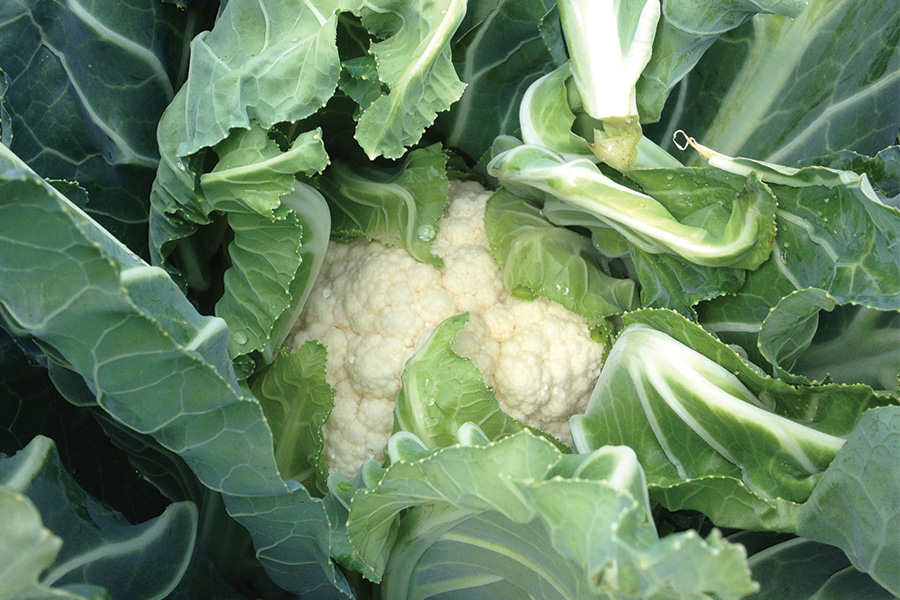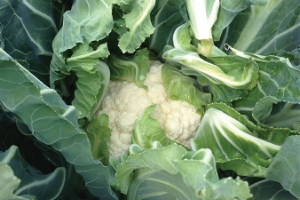
Synergy
An Enza variety especially suited for summer production. Will give good covering and nice white curds in the heat.
| V20009 : Synergy | ||
|---|---|---|
| Treatment | * Pkg Size | ** Price (USD) |
| Treated | 1M seeds | $21.60 |
| Treated | 5M seeds | $104.75 |
| Treated | 25M seeds | $512.50 |
| Treated | 100M seeds | $2,005.00 |
|
* M = 1,000 ** US customer prices shown in USD. *** Canadian customers, please log in to see CA prices in USD. |
||
Attributes
Growing Tips
- Planting
-
Cauliflower is best started from transplants for both spring and fall crops. Do not transplant sooner than 2 - 3 weeks before the average frost free date in the spring. Cauliflower is more sensitive to the cold than its cabbage-family relatives. It is important to start cauliflower early enough that it matures before the heat of the summer, but not so early that it will be injured by the cold. Transplant autumn cauliflower and cabbage at the same time. Use starter fertilizer when transplanting. Start the transplants so that they grow actively until transplanting and never cease growth. Space transplants 18 - 24” apart in the row. Use wider spacing for fall plantings.
Planting Guidelines - CauliflowerApproximate Seeds per Pound:116,000 - 128,000Seeding Rate per Acre by Weight:1.1 - 1.3 ozSeeding Rate per Acre in M (1,000):7.6 - 10.1 MSeeding Rate Seeds per 1,000 foot of Row:500 - 667Seed or Plant Spacing In Row:18 - 24"Seed or Plant Spacing Between Rows:36"Seed or Plant Spacing Depth:.3"Recommended Soil Temperature:50 - 77°FDays to Germination:6 - 10
- Management
-
Cauliflower plants should be kept growing vigorously from the seedling stage through harvest. When the heads begin to form (shows 2 to 3” of white curd at the growing point), it is ready to blanch. Tie the outer leaves together over the center of the plant to protect the head from sunburn, to keep it from turning green and developing an off-flavor. When selecting cauliflower choose varieties that are self wrapping. This will help in the blanching process.
- Harvest
-
The curd develops rapidly under proper growing conditions. It grows 6 - 8” in diameter and is ready to harvest within 7 - 12 days after blanching begins. The mature heads should be compact, firm, and white. Harvest the heads by cutting the main stem. Leave a few green outer leaves attached to protect the heads. Cut the heads before they become over mature and develop a coarse “ricey” appearance. Once individual florets can be seen, quality deteriorates rapidly.

